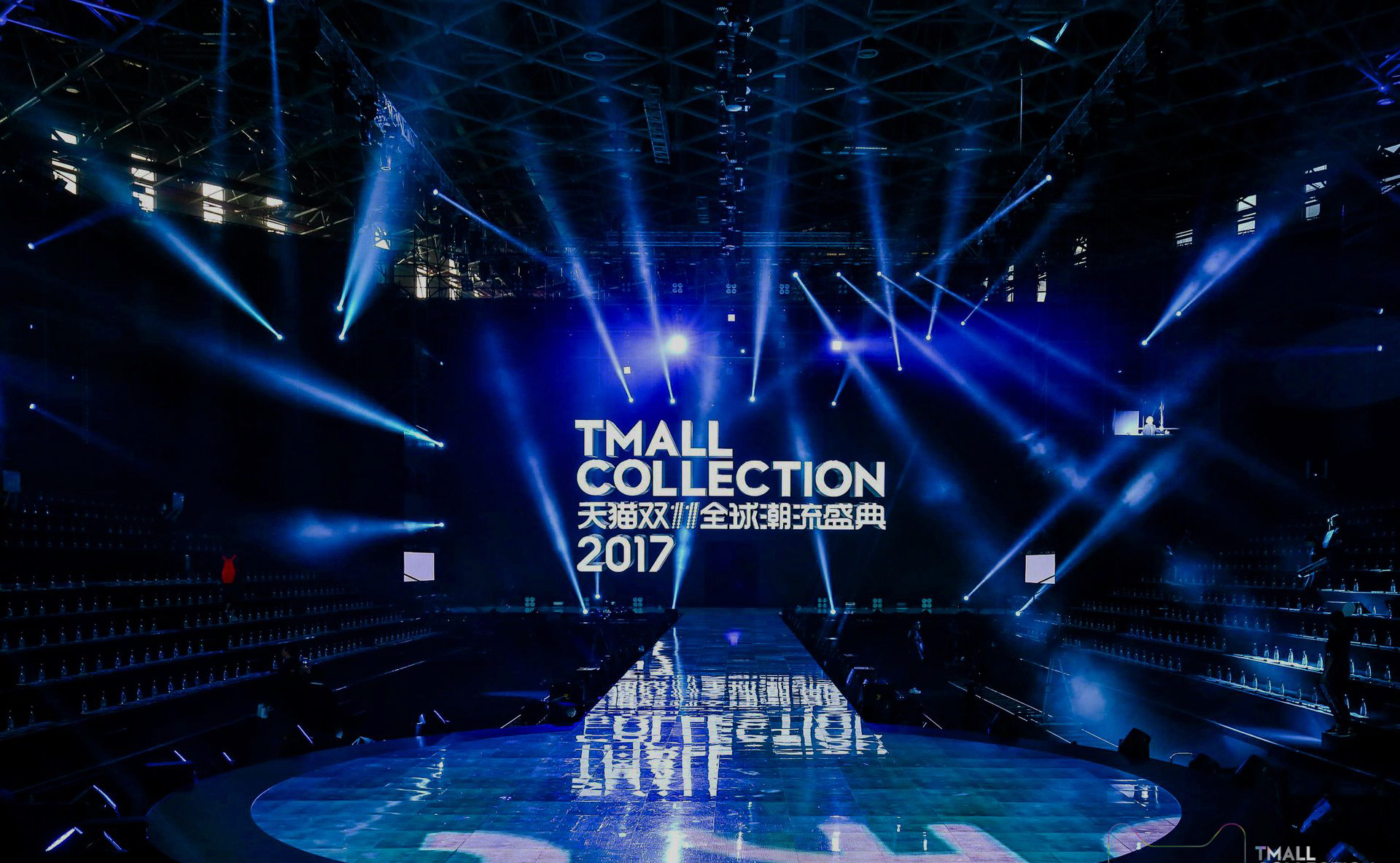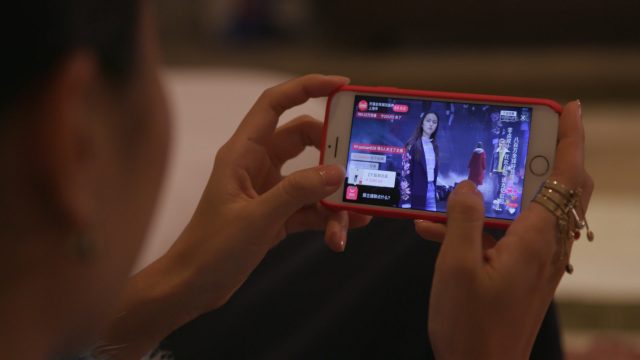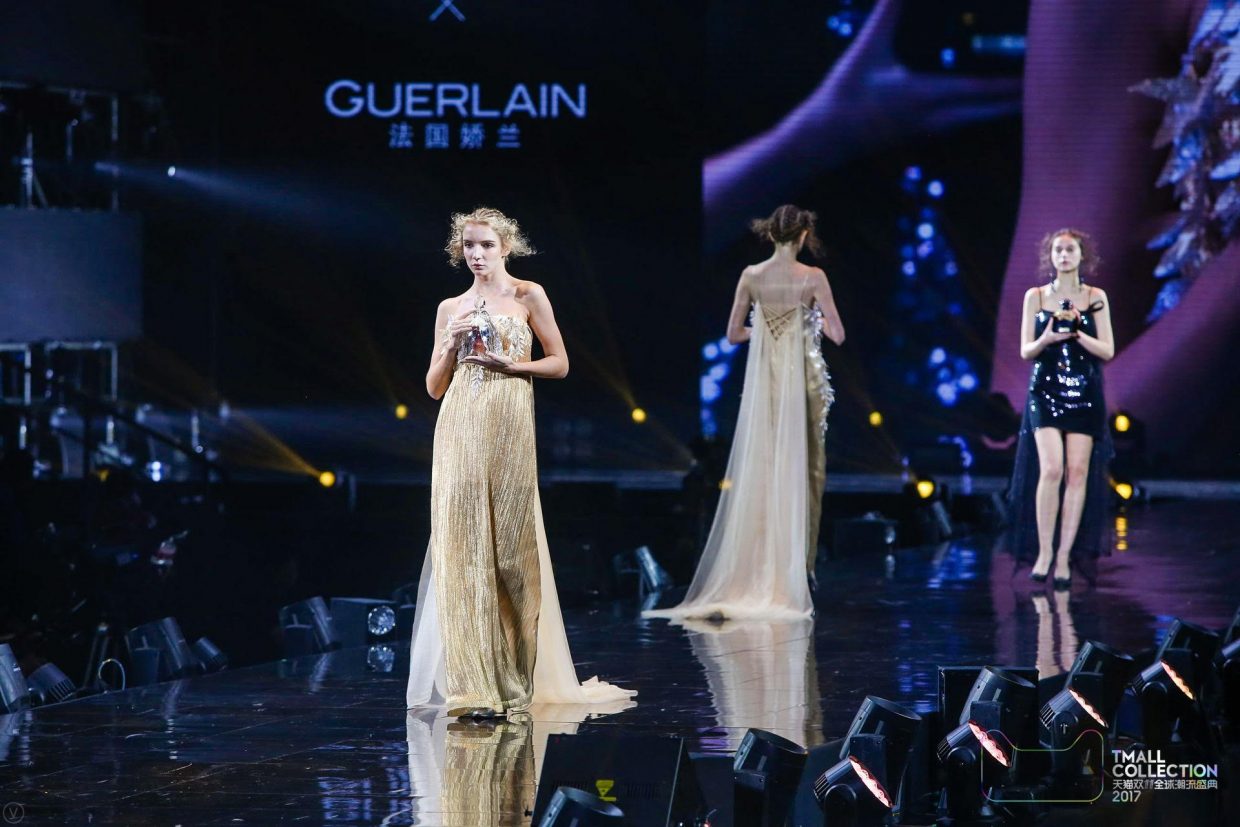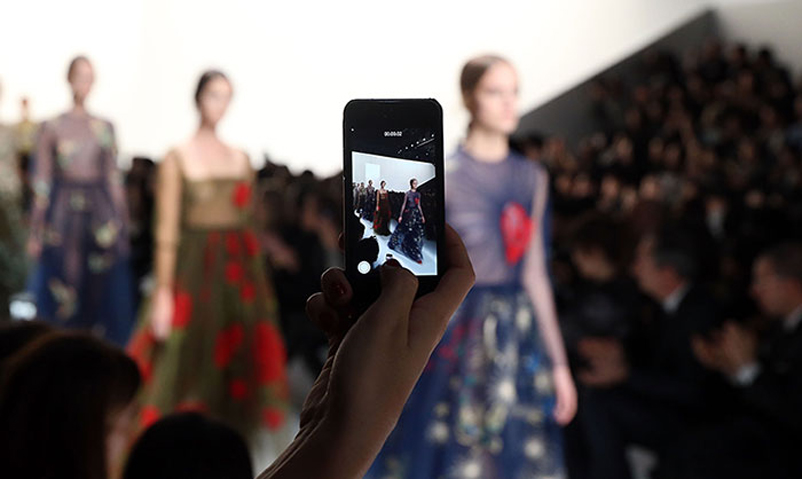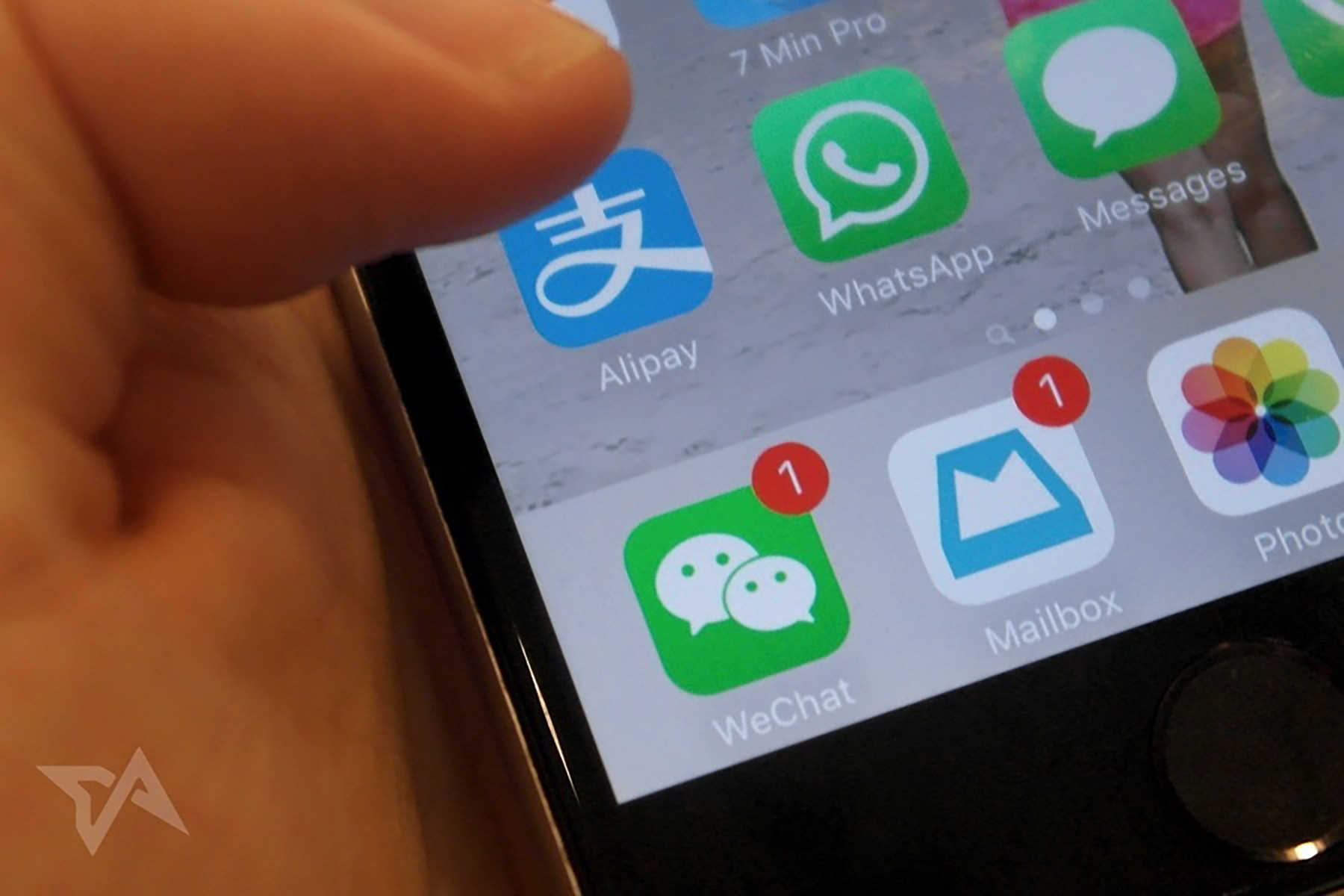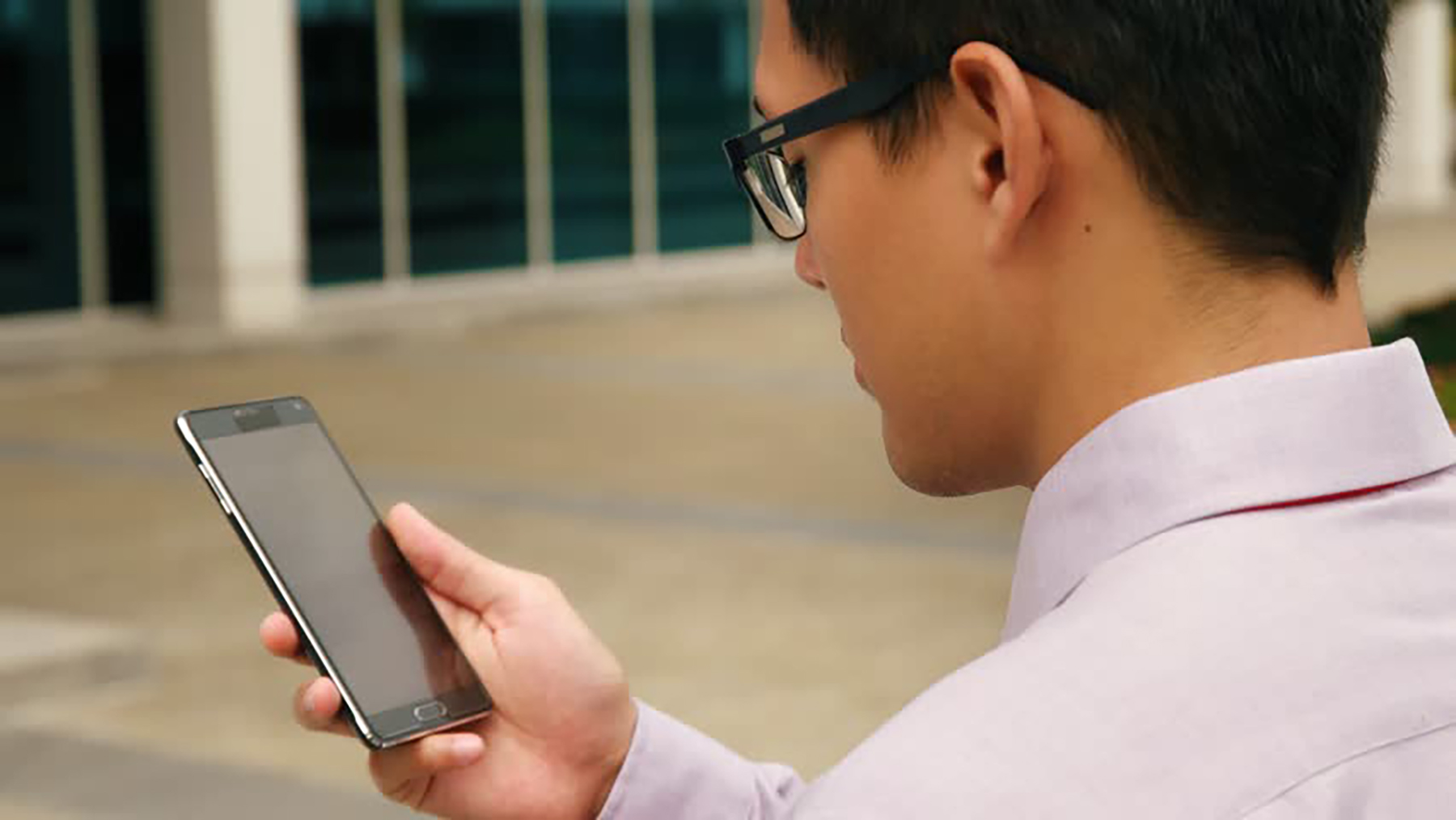‘See Now, Buy Now’, a risky model?
When it was first bought into light by Burberry, it was approached with much controversy within the global fashion community, on whether the model has worked and how long it would last. Implications for supply chain, distribution, and marketing are among the key issues of the discussion.
Over the past 2 years of various luxury brands trying their hand at the ‘See Now, Buy Now’ model, we see they have all had drastically varying levels of success with the model:
- Tom Ford, Thakoon Panichigul, and Kate Spade abandoned the model after just 2 seasons, citing reasons ranging from shipping schedule conflicts to an incomplete retail environment.
- Meanwhile, Burberry and Ralph Lauren have continued with the model, insisting it is working for them. However market data has suggested that both brands are struggling, as far as sales numbers are concerned.
- In contrast, Tommy Hilfiger appears to have had great success, but at the cost of astronomically high costs for extravagant fashion shows, big-name supermodels, as well as high-end marketing and social media campaigns.
Despite shortcomings, it has potential
Although these apparent shortcomings may reinforce the doubt surrounding the model during its initial debut, it is not without it’s successes.
- Brands in China began utilising Alibaba’s Tmall platforms to participate in ‘See now, Buy now’ fashion shows as a collective group last year, thanks to the annual Singles Day online shopping frenzy on November 11.
- As a result, Singles Day in 2016 generated $17.8 billion in gross merchandise volume, which was 18 times the size of Amazon Prime Day and six times the size of Black Friday.
From this, we can identify that while the model is risky, it does have potential. From 2016’s Singles Day, we are able to see when this model is done in conjunction with the right kind of event, it can bring in unparalleled sales for brands.
Tmall’s kicks off Single Day hype with ‘See Now, Buy Now’
Tmall kicked off this year’s Singles’ Day Build-up with a star-studded ‘See Now, Buy Now’ live fashion show in Shanghai on October 20, with “retail as entertainment” as its main theme. This marked the official start of Alibaba’s 3-week promotion campaign to build interest ahead of the 11.11 online frenzy.
- This show would showcase more than 50 carefully-selected fashion brands (local and international).
- These selected fashion brands would later become available to preorder for Alibaba’s November 11 Singles’ Day. Top brands i.e. Estee Lauder, Victoria’s Secret, Ralph Lauren, and Furla, were among this year’s participants.
- Meanwhile, as part of the deal for the recent partnership between Alibaba and New York Fashion Week, three prestigious American brands (Opening Ceremony, Robert Geller, and Jason Wu), were selected to bring the NYFW spirit to China in their debut show this year.
To further stoke the online frenzy and build consumer interest, seven major Chinese media platforms, including Youku, Weibo, and Taobao and Tmall’s shopping apps, broadcast the live show on October 31.
What makes the Chinese such a valued target for ‘See Now, Buy now’?
To answer what makes the Chinese such a valued target for this model, we should look at the difference between them and their American/European counterparts.
- The underlying factors are complicated, and one of them is related to the unique approach of having collective fashion shows, and leveraging the unparalleled financial, operational, and media backing of Alibaba. Another reason lies in consumer mentality.
- Shanghai-based China influencer marketing expert, Kim Leitzes, observed that the biggest difference between fashion brands experimenting with their own runaway shows (such as most of these luxury brands in the United States and Europe) versus doing it through Tmall is the audience’s intent to purchase.
“When a consumer watches a runaway show, either onsite or online, the vast majority are not in the ‘buy now’ mode. This is a stark contrast to Chinese consumers on Singles Day. They are primed and prepared to spend,” Leitzes says.
To conclude
Given the fact that this year’s show managed to attract an unprecedented number of top international luxury brands, and that it was supported by seven of the major Chinese online platforms, there is reason to believe that it’ll be another good year for Tmall’s ‘See Now, Buy Now’ experiment this year. View the results of their Singles’ Day campaign here!
To find out more about what other luxury brands are doing, make sure you visit our case studies library where we have compiled luxury strategies over the last decade that have proved successful.



